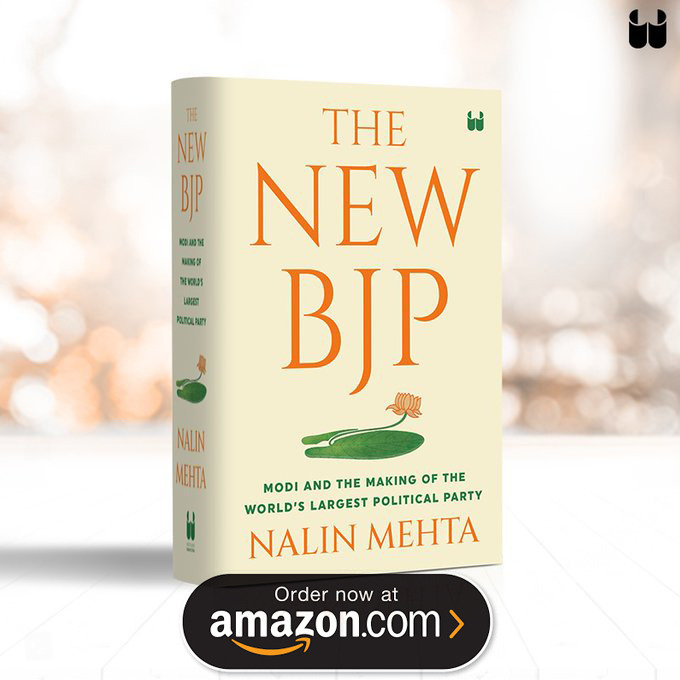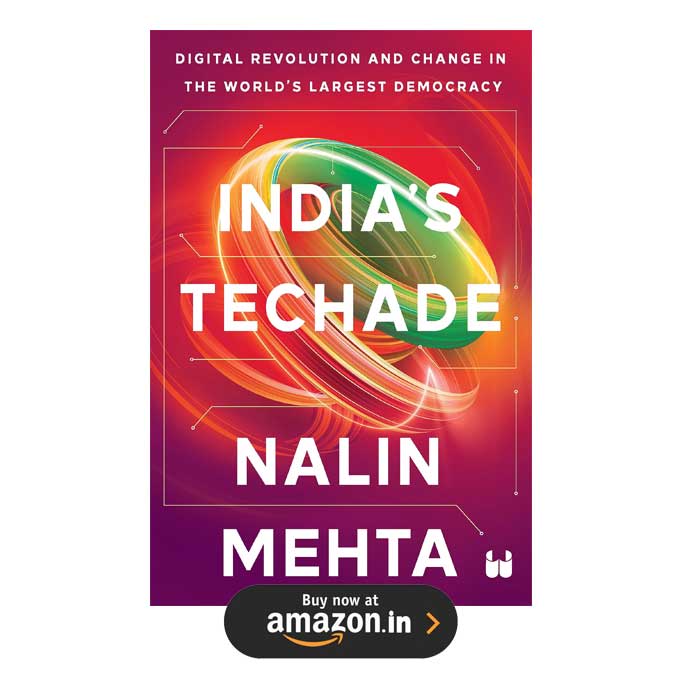Now that Sania Mirza has added her own bizarre twist to the already strange lovehate relationship between Leander Paes and Mahesh Bhupathi, it is perhaps useful to take a historical lens and see how this unsavoury squabbling measures up in the long history of Indian sport.
By invoking the misplaced argument of insulted Indian womanhood in what is essentially a sad mishmash of egos, immaturity and bad management, Sania joins a long tradition of infighting in Indian sport where highfalutin ideals have always been bandied about as a cloak for much baser emotions.
In many ways, this entire affair is a microcosm of the problem that has plagued Indian sport from the very beginning. The failure to build truly professional sporting bodies that are not beholden to individual factions or political pulls and pressures is a major reason why Indian sport often makes more news off the field than on it and why we continue to produce more hyperbole than success.
This is not a new problem. As far back as 1929, the founder of the Indian Olympics Association Sir Dorabji Tata had lamented, “There are so many communities, so many different religions, so many languages and dialects, so many different customs and ideals, that it is almost impossible to select a national team.”
Sir Dorabji’s India was a very different one from the India of Paes and Bhupathi but the primary problem of factionalism, regional one-upmanship and powerplay has always defined Indian sport.
As we wring our hands over the off-court volleys being bandied about now by our tennis players, the only silver lining perhaps is that in the larger trajectory of Indian sport, things have often been much worse. The most mind-boggling example of this must be the infamous world championship tour of Europe by Indian cyclists in 1955.
Expenses for a large part of the trip had already been paid by the Polish government but that did not stop Sohrab Bhoot, the president of the cycling federation, from first asking each Indian athlete to personally pay him the then princely sum of Rs 6000 and then reportedly forcing those who went along to actually work in a rubber factory in London to pay further dues.
Not surprisingly, the trip ended with the angry cyclists beating up the intrepid Mr Bhoot at a hotel in Milan during the world championship. It culminated with a police case, blaring headlines in the Italian newspapers and a team that did not even take part in the event it had gone for.
But Mr Bhoot continued to head the federation for another seven years before any change could be made. The result was that despite showing much promise at the first Asian Games in 1951 (where Indian cyclists won five medals) cycling fell into a deep black hole from which it did not recover for decades.
Similarly, a great deal of the decline of Indian hockey can be attributed to the factional fighting and provincial north-south discords that tore the game apart in the 1970s.
Soon after India lost the Olympic hockey gold for the first time at Rome in 1960, a prescient writer to the official journal of the Indian Olympic Association noted that the selection process was being unduly influenced and even if one position was filled by an “undeserving player, this injustice has adverse effect on the other ten.
They may not express their resentment but subconsciously it finds its outlet adversely affecting their performance.” Much like the present day state of Indian hockey torn apart as it is between rival factions, in the 1970s too, the game was vertically split down the middle between a Punjabi faction led by PN Sahni and a southern faction led by MAM Ramaswamy.
Evidence in the archives of the International Olympics Committee in Switzerland shows that in this bitter domestic fight, the Ramaswamy faction ultimately won control and retained it only because of the legitimacy bestowed on it by the international federation.
This alliance pre-empted the possibility of a strong Indian protest when the epoch-changing shift to astro- turf was proposed in the mid-1970s. Contemporary players like Ajit Pal Singh were vocal about the negative impact astro-turf would have on Indian hockey: as late as 1996 the country could not afford more than 12 astro-turf fields while countries like Holland had many more.
Yet, the Indian Hockey Federation strangely lent full support to international administrators in consolidating the shift. Having gained control of Indian hockey with help from the international federation, Mr Ramaswamy chose not to oppose the move even if it spelt disaster for Indian hockey and the game has still not recovered. Hockey is not an isolated example.
By the 1970s, there were three parallel federations competing for control over Indian wrestling and two parallel bodies each fighting for athletics, volleyball and shooting. These particular disputes were ultimately resolved but infighting has remained a permanent feature of Indian sport, much more than the promotion of the various games themselves.
What is different about the tennis dispute this time is that it is less about amoral, power-hungry administrators and more about egotistical players. So as the countdown begins for London 2012, we can only hope that as much effort goes on to the playing field as has been expended off it.
(The second edition of Nalin Mehta and Boria Majumdar’s ‘Olympics: The India Story’ has just been released by HarperCollins.)

